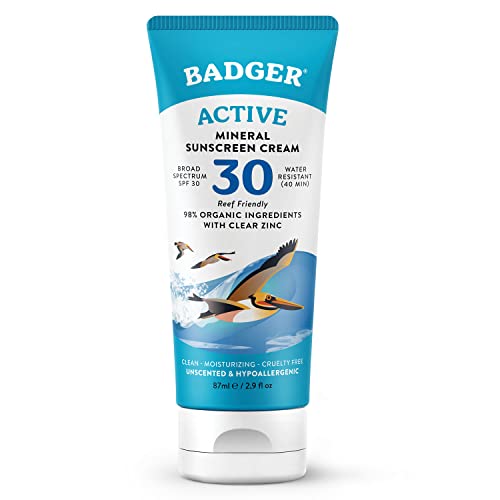tat2z_21
tat2z_21
The fuse will be inline on the hot side, and the resistor will be right after it. You will need a fuse and resistor for each leg of the circuit. In a parallel circuit, the amperage is divided by the number of legs, and unless they are electrically even, current will go to the path with the least amount of resistance so if one leg has less simulated resistance then the other leg, all of the 1.3mA will travel through one leg, which would cause the circuit to blow, and ultimately have to replace LED's.
Read this and see why it is important.
http://reefledlights.com/how-to-diy-led/resistors-and-fuses-in-parallel-strings/
Read this and see why it is important.
http://reefledlights.com/how-to-diy-led/resistors-and-fuses-in-parallel-strings/






















































